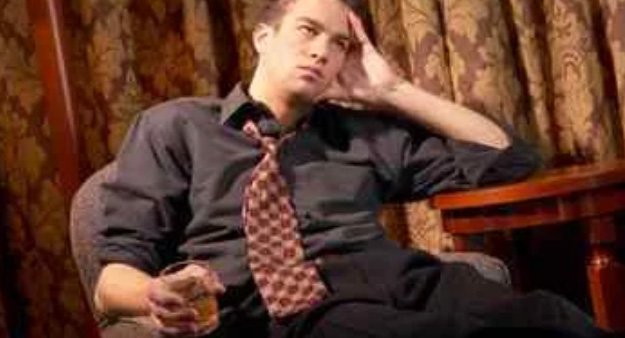CEREBRAL PALSY


A collection of permanent neurological conditions known as cerebral palsy (CP) impact posture, movement, and muscle coordination. These conditions are frequently brought on by harm to the developing brain that occurs prior to, during, or soon after birth. The condition varies in severity and may affect motor skills, communication, cognition, and sensory processing. Early intervention is crucial to enhance functional independence and quality of life.
At Psychowellness Center, a trusted multidisciplinary mental health and rehabilitation provider in West Delhi, an integrated and personalized approach is taken to address the challenges of Cerebral Palsy. The center’s team of skilled occupational therapists (OTs) collaborates with clients and families to promote functional abilities, independence, and social participation.
Occupational Therapy plays a central role in managing CP by helping individuals develop or regain skills necessary for daily living. Interventions are client-centered and may include assistive devices, adaptive strategies, and sensory-motor training. The goal is not just skill development, but enabling participation, building confidence, and improving overall well-being.


Cerebral Palsy symptoms may vary based on the type and severity but typically manifest in early childhood.

Cerebral Palsy is classified based on the type of movement issues and the parts of the body affected:
Most common type; characterized by stiff muscles and exaggerated reflexes.
Includes athetoid, choreoathetoid, and dystonic movements; involves uncontrolled and variable movements.
Affects balance and coordination; may lead to shaky movements and difficulty with precise actions.
Combination of symptoms from more than one type (most commonly spastic and dyskinetic).

While the exact cause is not always known, CP usually results from abnormal brain development or injury.

Involves pediatricians, neurologists, psychologists, occupational and physical therapists

Occupational Therapy aims to enhance independence in everyday activities and improve quality of life through adaptive strategies and skill development.
OTs conduct detailed evaluations of motor, sensory, cognitive, and behavioral functions to develop an individualized therapy plan.

With compassionate care and evidence-based practice, occupational therapists at Psychowellness Center work in close collaboration with families and caregivers. Therapy sessions are designed not only to support the child’s abilities but also to empower them and their loved ones in the journey toward a more fulfilling life. Early intervention and consistent therapy can lead to significant progress and increased quality of life for individuals living with Cerebral Palsy.